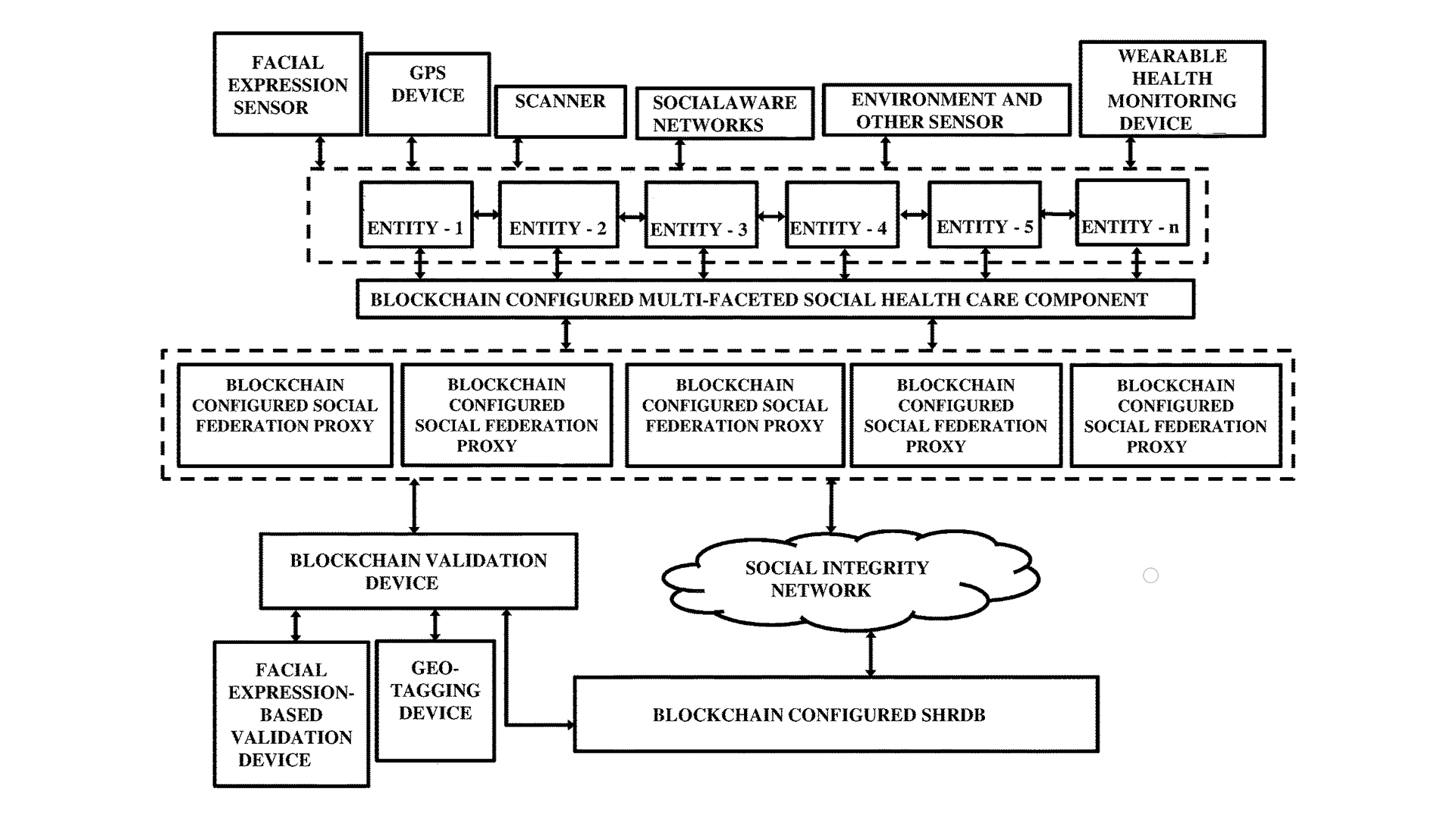
Blockchain technology, with its inherent security and decentralization features, has dramatically evolved beyond its initial application in cryptocurrencies. As various sectors explore the potential applications of this technology, healthcare stands out as a prominent sector that can benefit immensely from the security and disintermediation advantages of blockchain systems.
Existing Challenges in Medical Data Storage and Management
The healthcare sector, inclusive of hospitals, caretakers, nursing centers, medical offices, and other such entities, has been dealing with the extensive task of maintaining medical and demographic records. Such records are not mere aggregations of data; they carry critical information like diagnostic reports, medical history, device-generated insights, and prescriptions. The data collation often relies on centralized systems like Electronic Health Record Data Banks (EHRDB). These banks allow entities to store and retrieve patient data electronically.
However, several challenges emerge with such a centralized approach:
Centralized Vulnerabilities: The concentration of data in a single system makes it susceptible to cyber-attacks and breaches.
Limitation in Simultaneous Interaction: With the growing demand for telemedicine and real-time data access, a single EHRDB can become a bottleneck, limiting simultaneous interactions.
Dependency on Human Intermediaries: The reliance on human intermediaries for data retrieval and updates can introduce errors, delays, and inefficiencies.
A Blockchain-driven Solution
The proposed system addresses these challenges by leveraging a blockchain-configured device-driven disintermediated distributed framework.
Decentralization and Security
By distributing data records across a network, the inherent risk associated with centralized databases is mitigated. Every entity, along with their devices and sensors, contributes to this decentralized data bank, ensuring enhanced security and reduced single-point vulnerabilities.
Rules and Authorization:
Entities interact with the data bank based on set rules and preferences. These interactions are only authorized by the blockchain system, ensuring a standardized and secure access protocol.
Efficient Data Processing
The inclusion of a processing component within the blockchain data bank ensures that data records from various entities can be efficiently processed and managed over the communication network.
Advanced Validation Techniques
The system introduces novel validation devices leveraging facial expression-based techniques and geo-tagging. These validation methods further solidify the system’s robustness, adding layers of security and authentication that go beyond traditional password-based systems.
Real-time Multi-faceted Communication
With the blockchain framework, multiple entities can engage in multi-faceted communication with the EHRDB simultaneously. The disintermediated nature of the blockchain ensures smooth interaction without any delays or inefficiencies from human intervention.
Embracing the Power of Blockchain in Data Integrity and Social Interaction
Decentralized Digital Interaction
In the continuously advancing space of digital informatics, the patented technological framework introduces a sophisticated blockchain validation mechanism, strategically positioned at the intersection of decentralized data informatics and optimized communicative interfaces. It harnesses the multifaceted potential of blockchain to process, validate, and share data across a multitude of computing systems.
Redefining Data Management with Social Integrity
Through the lens of a social integrity network, this technology ensures a seamless confluence of various data sources including sensors, wearable devices, scanners, and socially-aware networks. Each of these entities provides invaluable data records, creating a holistic reservoir of information, centrally hosted in a blockchain-configured data bank (BCDB).
A New Age of Social Interaction
What makes this technology stand apart is its unique approach to fostering social interactions. The blockchain-configured component, while interlinked with the BCDB, offers a platform for entities to engage in interactions, bypassing the central data bank. This not only elevates user experience but also ensures data efficiency and rapidity in communication.
Proxy-Based Data Virtualization
Incorporated within the system are blockchain-configured social federation proxies that act as conduits. Their primary role is to extract data records from the BCDB and present them to various socially-aware networks and computing systems. They function on a virtualization layer, ensuring that the entities have an indirect, yet swift access to the BCDB. This decentralization and distribution of data, grounded in a blockchain framework, paves the way for an adaptable and scalable digital ecosystem.
The Pinnacle of Blockchain Validation
At the core of this technology is the blockchain validation device. Designed to receive digital inputs from the BCDB, it meticulously identifies access rules and brings to life an advanced validation mechanism. Whether it’s facial recognition sensors ensuring identity verification or geo-tagging devices attributing geographical identities to data records, the system promises robust security, authenticity, and user-specific accessibility.
Dynamics of Data Sharing and Real-time Management
The true brilliance of this patented technology is its nimble approach to data sharing. It’s not just about granting access; it’s about nuanced data management. Whether it’s deciding the extent of data sharing, understanding the nature of the recipient, determining the purpose, or even setting a timeframe, the BCDB and the social federation proxies ensure that the data owner remains in the driving seat. In real-time, they can ascertain who has accessed the data, make adjustments in sharing permissions, or even halt access. This granular control is a testament to the system’s commitment to data sovereignty and user-centricity.
In essence, this patented technology has revolutionized the realm of data management, making it more secure, adaptable, and user-focused, all while optimizing the power and potential of blockchain.
